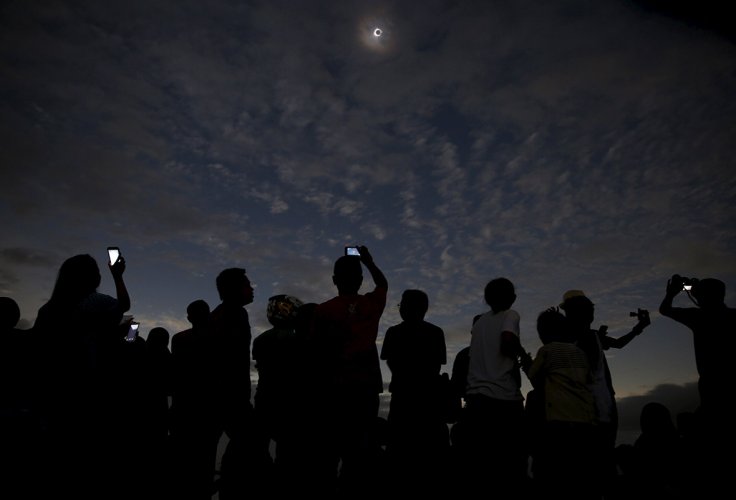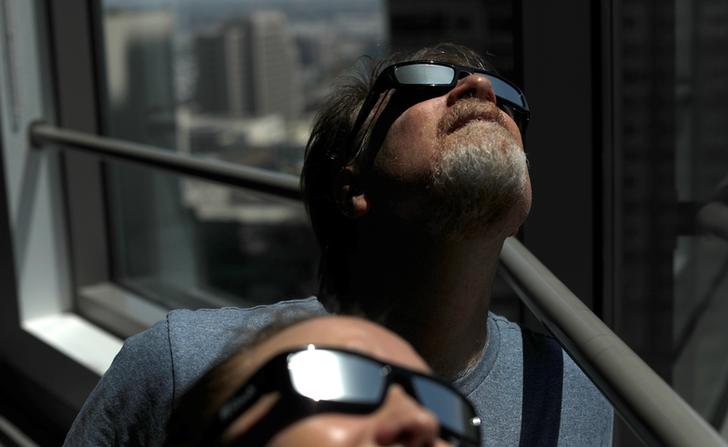By now we have all heard about the solar eclipse that is commencing on August 21 at 11:46 am EST (11:46 pm SST). Almost the whole of American mainland is going to witness this quite rare phenomenon - the sun will be momentarily overshadowed by the moon forming a total solar eclipse. However, it's not safe to watch this astonishing astronomical event with your bare eyes. You need to take some preventive measures in order to stay safe. Here are some information and guidelines for you to enjoy the solar eclipse while keeping your eyes safe.
Also read: Top 5 bizarre myths about solar eclipse that will send shivers down your spine

First and foremost, you should always use a pair of eclipse glasses while watching the solar eclipse. Never ever look at the sun directing while it is partially obscured. The sun during the process emits some dangerous rays that can severely damage your retina, says NASA. Special glasses are being manufactured and made available all across America for people to witness The Great American Solar Eclipse. According to NASA, the eclipse glass is made with special purpose solar filters. You should also know that normal sunglasses will not serve the purpose, as it does not offer sufficient protection.

While special eclipse glasses give you a safe view, however, to get a closer view use telescopes which are equipped with solar filters. Binoculars and cameras can also be used for the same purpose, but with the filters. There are three different types of solar filters available, according to American Astronomical Society - the metal on the glass filter, the most durable and expensive one, an aluminised polyester film, and black polymer.

Don't have eclipse glass yet? No need to worry as there is a DIY solution for this. You can create your very own home-made pin hole camera to enjoy the eclipse. It recreates the camera obscura effect as it projects the image of the sun on a flat surface. This is how the process works: Light travels in a straight line; when an object is illuminated, the pinhole lets only a small portion of that reflection to pass through, which then forms an inverted image on the other side. In the case of an eclipse, the illuminated objects are sun and moon and the piece of paper acts as a lens with a hole in it.

If you are in America, you can choose to go to an observatory. Most of these institutions are equipped with state of the art telescopes and protective binoculars. Several observatories in America are offering a chance for people to view the rare eclipse from their territory. For example, Griffith Observatory is hosting a public solar-eclipse viewing event on its front lawn. NASA's Jet propulsion Laboratory (JPL) is also hosting five public viewing events.

If you are not in America, don't be disappointed. You can always live stream the entire process on your smart gadgets. For the people residing in the other parts of the world, NASA has made special arrangements. Apart from hosting a live stream on its official platforms, NASA has also created a special web-based program named, 'Eye on the Eclipse.' This dedicated program will provide a 3D simulation of the August 21 solar eclipse to people across the world. According to NASA, "Eyes on the Eclipse" offers two options, one for desktops and laptops, and one that is web-based that you can use on your phone or on any device with a web browser. and see your own preview of the eclipse from anywhere on the planet."










